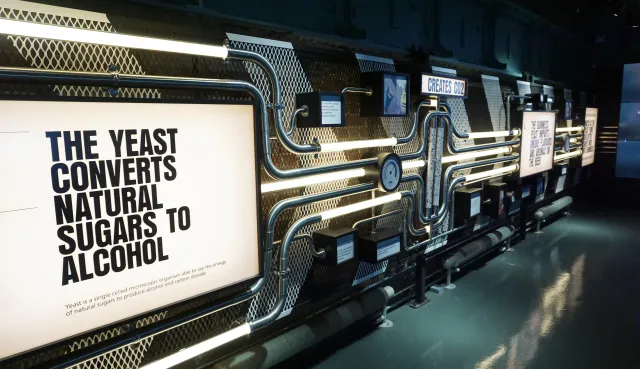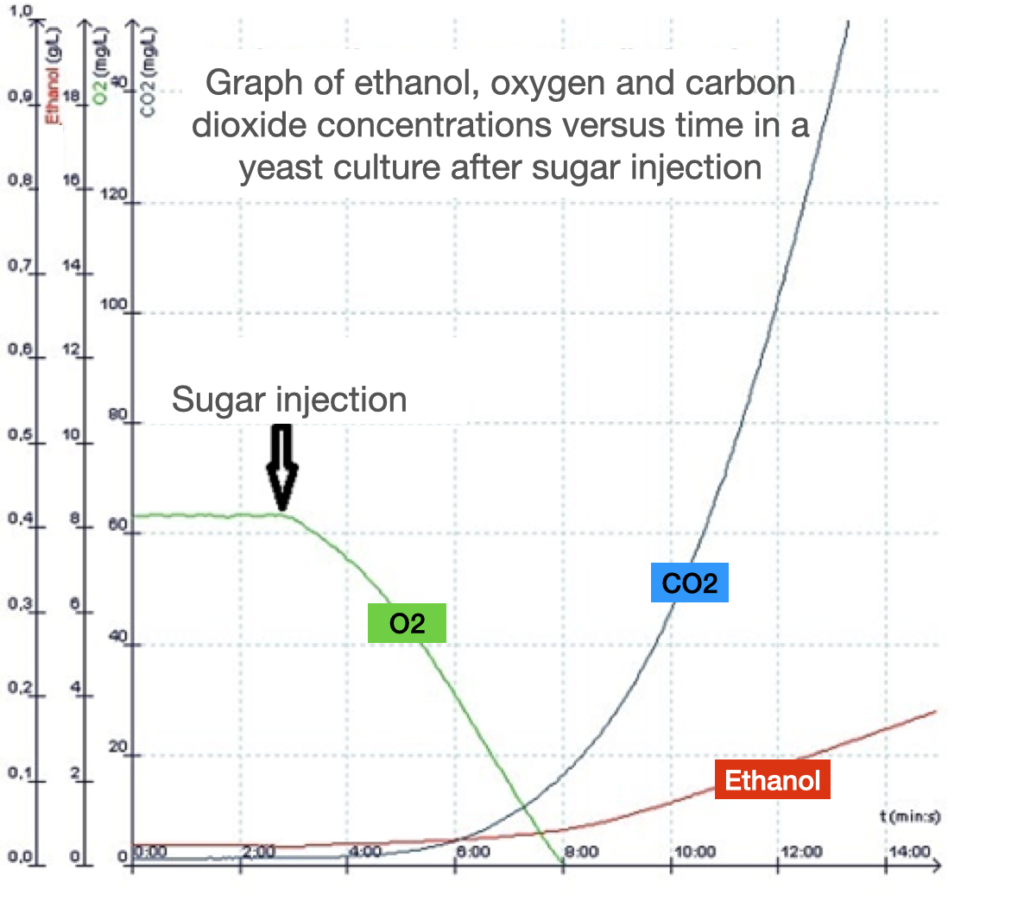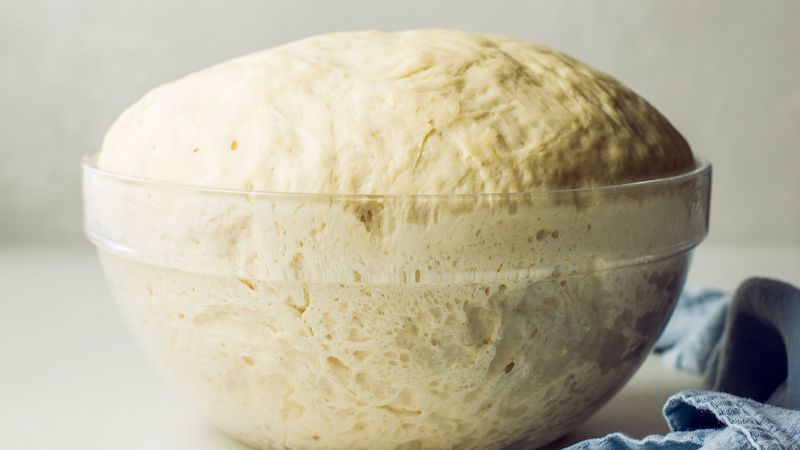what about Yeast metabolism?
Metabolism refers to the set of chemical reactions that occur in living organisms in order to maintain life. These reactions can be divided into two main types: catabolism and anabolism. Catabolism is the process of breaking down complex molecules into simpler ones, releasing energy in the process. Anabolism is the process of using that energy to build new, complex molecules. Let’s observe two catabolism with yeast that are named respiration and fermentation.
The two catabolism
External respiration is the process by which organisms exchange gazes with their environment. It takes place in the lungs of mammals, through the gills in fish, through openings in plant stems and on the botton surface of leaves.
Internal respiration is the controlled release of energy from food. The food involved is usually glucose.
The process of internal respiration is controlled by enzymes. They allow energy to be released in small amounts, which can easily be trapped for later use. The energy is trapped in the form of a molecule called ATP (adenosine triphosphate).
balance equation of the reactions
- Internal respiration : need Glucose and O2 (aerobic). It occurs part in the cytoplasm and part in the mitochondrion
C6H12O6 + 6 O2 ———-> 6 CO2 + 6 H20 + energy
(glucose) (oxygen)———-> (carbon dioxide) (water)
alcohol fermentation : need Glucose (anaerobic). It occurs entirely in the cytoplasm
C6H12O6 ———-> 2 C2H6O + 2 CO2 + energy
(glucose) ———-> (Ethanol) (carbon dioxide)

Note: this part is absolutely useful if we make the trip to Ireland in the next 2 years, when we shall visit the Guiness storehouse : https://www.guinness-storehouse.com/fr
Activity :
1) Translate the protocol in english.
2) Follow the protocol to study the metabolism of yeasts.
3) Print the graphic and add a title and a legend/key.
4) Describe the evolution of O2 and CO2 concentration during the experiment.
5) Explain the evolution.
Protocole à traduire :
Yeast metabolism : Protocole ExAO
Préparer le bioréacteur :
– placer les levures dans le bioréacteur
– fermer le bioréacteur avec le couvercle où sont placées les sondes à O2, CO2 (à gauche et à droite) et éthanol, en prenant le soin de refermer l’autre ouverture avec un bouchon
Préparer une seringue de glucose.
Ouvrir le logiciel : « démarrer » / « rechercher » / « Latis Bio »
Paramétrer l’acquisition :
Double cliquer sur la fenêtre ouverte au milieu puis « choix du fonctionnement », cocher « O2 dissous » ok, « CO2 » ok puis « éthanol » ok.
Durée d’acquisition : 15 minutes.
Lancer l’enregistrement des mesures en cliquant sur « exécuter » puis « acquisition des données ».
Après 2 minutes, cliquer sur « repère » (F12) et injecter le glucose à l’aide de la seringue.
Laisser l’expérience se poursuivre.
Clic droit puis « calibrage ».
Une fois l’expérience terminée :
Clic droit puis « créer commentaire » pour titrer et légender votre graphique.
Appeler votre professeur.
Result :


